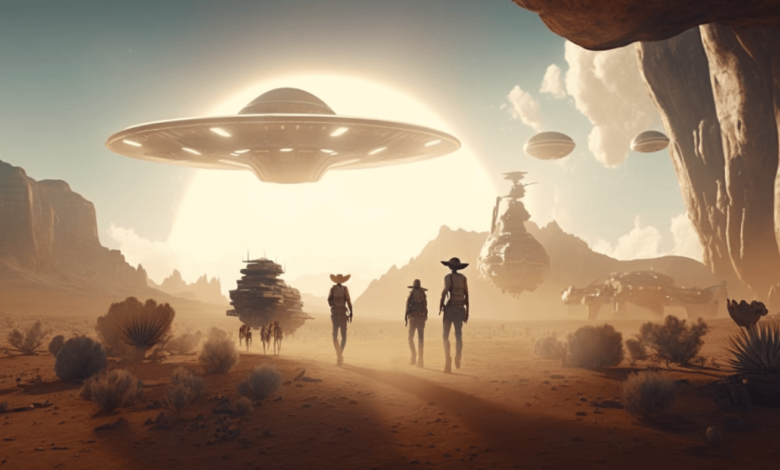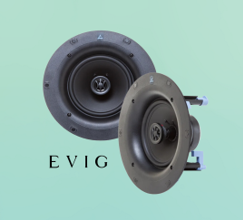How AI Is Advancing Motion Graphics and Visual Effects

AI is transforming the motion graphics and visual effects industry by automating repetitive tasks and enhancing creative workflows. This technology leverages machine learning algorithms to streamline processes such as animation and rendering. As AI tools become increasingly sophisticated, they allow artists to concentrate on storytelling and innovative concepts. The implications of these advancements raise questions about the future of creative collaboration and the evolving role of the artist in this new landscape.
Automating Repetitive Tasks
As the demand for high-quality motion graphics and visual effects increases, professionals in the field are turning to artificial intelligence to streamline their workflows.
AI technologies facilitate task optimization by automating repetitive tasks such as rendering and compositing. This boosts workflow efficiency, allowing artists to focus on creative aspects rather than mundane processes.
Ultimately, this enhances productivity and fosters greater artistic freedom in their projects.
Enhancing Creative Workflows
With the automation of repetitive tasks, the integration of AI into motion graphics and visual effects is reshaping creative workflows.
Enhanced collaborative tools foster seamless interactions among creatives, allowing for the exchange of design inspiration in real-time.
This synergy not only accelerates project timelines but also empowers artists to focus on innovative concepts, liberating their creative potential and elevating the quality of their work.
Intelligent Animation Techniques
While traditional animation techniques often rely heavily on manual input, intelligent animation techniques leverage machine learning algorithms to streamline the animation process.
By integrating motion capture data with predictive modeling, animators can now generate lifelike movements more efficiently.
This innovation not only enhances creative expression but also liberates artists from repetitive tasks, allowing them to focus on storytelling and visual artistry.
Advanced Rendering Solutions
Although the rendering process has long been a bottleneck in motion graphics and visual effects production, recent advancements in rendering solutions have transformed this critical stage into a more efficient and dynamic component of the animation pipeline.
Real-time rendering techniques and cloud-based rendering platforms enable artists to visualize their creative visions instantaneously, fostering innovation and allowing for unprecedented flexibility in the production workflow.
Also read: Deep Learning in Photography: Enhancing Images Like Never Before
Conclusion
As AI continues to advance motion graphics and visual effects, it acts as a skilled conductor in an orchestra, harmonizing disparate elements into a cohesive masterpiece. For instance, a recent study revealed that studios leveraging AI tools reduced production time by up to 30%. This newfound efficiency allows artists to immerse themselves in their creative visions, much like a musician exploring the depths of a symphony, ultimately transforming the landscape of visual storytelling into a realm of limitless potential.





